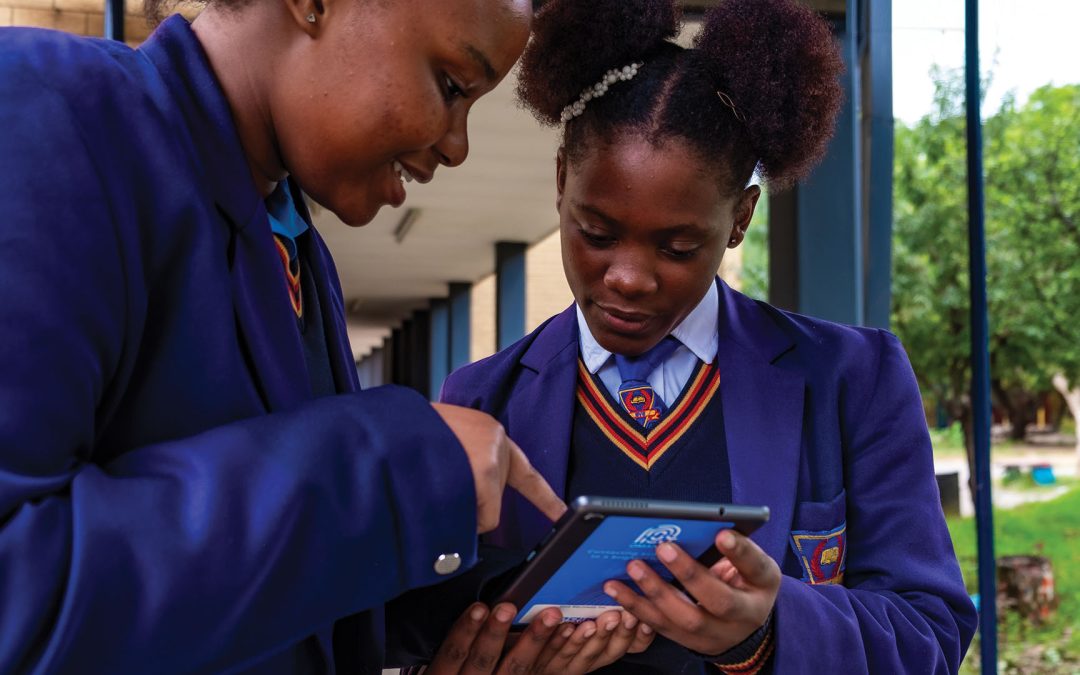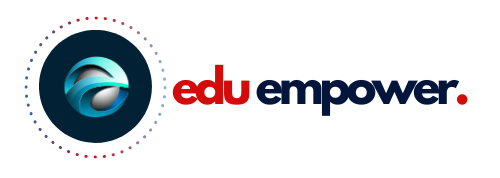
From Silos to Synergy: Why Collaborative CSI Can Transform South African Education

From Silos to Synergy: Why Collaborative CSI Can Transform South African Education
The Fragmented Reality of Education CSI in South Africa
Corporate Social Investment (CSI) in South Africa’s education sector holds immense potential to bridge gaps in infrastructure, resources, and digital access. Yet, despite billions invested each year, the country’s education outcomes remain alarmingly stagnant—particularly in township and rural schools.
Why? Because many CSI initiatives operate in isolation—as siloed efforts that yield short-term wins but long-term stagnation.
The current approach:
- A once-off donation of computers without follow-up on training or maintenance.
- A single-year literacy program with no digital tools or teacher support to sustain it.
- Infrastructure upgrades that ignore the need for connectivity or future expansion.
These disjointed efforts, though well-intentioned, lead to:
- Duplicated projects in some schools, while others remain neglected.
- Wasted resources due to poor communication between CSI stakeholders.
Minimal long-term impact because initiatives don’t align with broader educational goals.
The Reality in Numbers: CSI’s Unmet Potential
South Africa’s education sector receives the largest share of CSI funding in the country.
Education received 44% of total CSI spend in 2023—equating to R10.7 billion. (Trialogue, 2023)
Despite this, 4 out of 5 Grade 4 learners in South Africa cannot read for meaning. (PIRLS, 2023)
Over 81% of schools—predominantly in townships and rural areas—lack proper digital infrastructure. (ICASA, 2023)
Thousands of schools go unnoticed because they have no online presence—making it impossible for CSI teams to find and support them.
The core issue?
Individual efforts operate in isolation, rather than as part of a collaborative, strategic movement that addresses systemic challenges.
The Global Lesson: Collaboration Creates Transformation
South Africa isn’t alone in grappling with educational inequality. However, several developing countries have successfully broken the cycle by moving from isolated CSI efforts to collaborative, multi-stakeholder partnerships.
1. Finland: Public-Private Synergy for Digital Learning
Finland’s globally recognized education transformation didn’t happen by accident.
Key Strategy:
The government, technology companies, and educational institutions collaborated to integrate digital learning tools across the country. Companies like Nokia partnered with schools to develop educational apps, while teachers were trained to maximize digital tools in daily lessons.
The result:
100% of Finnish schools now have high-quality internet access.
Digital literacy rates among students are among the highest globally.
CSI partners benefited from clear, shared goals—avoiding duplication and wasting resources.
2. India: EdTech Partnerships in Rural Schools
In rural India, collaborative CSI has revolutionized digital education: The ‘Digital India’ initiative brought together tech giants like Google and Tata Trusts with local schools.
Google’s Internet Saathi project trained over 30 million women and youth to access and utilize online resources.
CSI partners aligned their goals, ensuring that digital literacy programs complemented hardware donations—instead of leaving unused computers in classrooms.
The result:
Rural school enrollment improved by 25% due to interactive digital learning tools. Corporate funders saw tangible results, with measurable skills development among learners.
3. Kenya: BRCK Education and Government Collaboration
Kenya’s BRCK Education project partnered with telecom providers, local businesses, and the government to deliver low-cost internet solutions to schools.
Key insights:
Joint funding models reduced costs for all stakeholders. Local communities were involved—with unemployed youth trained to maintain Wi-Fi hotspots.
The outcome:
Over 1,000 rural schools gained internet access. Digital literacy rates surged, enabling students to participate in global coding competitions.
The common thread across these success stories?
Collaboration. Shared goals. Long-term vision.
Why South Africa Needs Collaborative CSI—Now More Than Ever
South Africa’s education crisis isn’t simply about lack of resources—it’s about the lack of coordinated, strategic action.
Current challenges include:
- Isolated corporate efforts: Companies often compete rather than collaborate, resulting in duplicated efforts in some schools and neglect in others.
- Short-term interventions: One-off donations (e.g., laptops or books) often lack training and follow-up, leading to limited impact.
- Disconnected data systems: CSI teams struggle to track the impact of their investments due to the absence of centralized platforms to monitor progress.
The Human Cost of Disconnection
In township schools across South Africa, principals plead for support—desperately seeking corporate partnerships to provide:
- Basic infrastructure (e.g., toilets, water, classrooms).
- Learning resources (e.g., textbooks, stationery).
- Digital tools to prepare students for a tech-driven economy.
Yet, these schools remain invisible because they lack digital platforms to tell their stories. EduEmpower SA exists to change that.
EduEmpower SA’S core mission is about uniting Stakeholders for lasting Impact and creating real connections that will positively and sustainably impact the educational landscape.
We’ve seen firsthand how digital invisibility perpetuates educational inequality. Our mission is to help township and rural schools step into the spotlight—giving them a platform to engage CSI funders, attract community support, and showcase achievements.
The Vision: A Unified Movement for Education Transformation
Imagine This Future: Thousands of township schools with active, engaging websites that CSI teams can easily find and support.
Corporate sponsors collaborating on long-term projects—from Wi-Fi access to teacher training—to ensure sustainable impact. Students running school blogs and media clubs, developing critical digital literacy skills that prepare them for future careers. Unemployed youth gaining skills and income by managing websites and selling local advertising.This isn’t a dream scenario—it’s a proven model that has worked globally.
The Time for CSI to Think Beyond Individualism is now
South African education cannot be uplifted by isolated efforts. It’s time for corporates, communities, and schools to unite under a shared vision: “Every school connected. Every learner empowered. Every opportunity visible.”
Here’s how you can join the movement:
CSI Managers: Sponsor school websites and digital training programs—creating long-term partnerships instead of once-off interventions. Corporates with CSR Goals: Collaborate on regional digital learning initiatives—leveraging pooled resources for maximum impact. Local Communities: Support advertising opportunities on school platforms—funding school initiatives while promoting local businesses.
Together, We Can Break the Cycle
South Africa’s education crisis isn’t inevitable—it’s the result of disconnection. By bridging silos and fostering synergy, we can give every school a voice, every learner a future, and every CSI investment measurable impact.
EduEmpower is ready to lead the charge.
Are you ready to join us?





